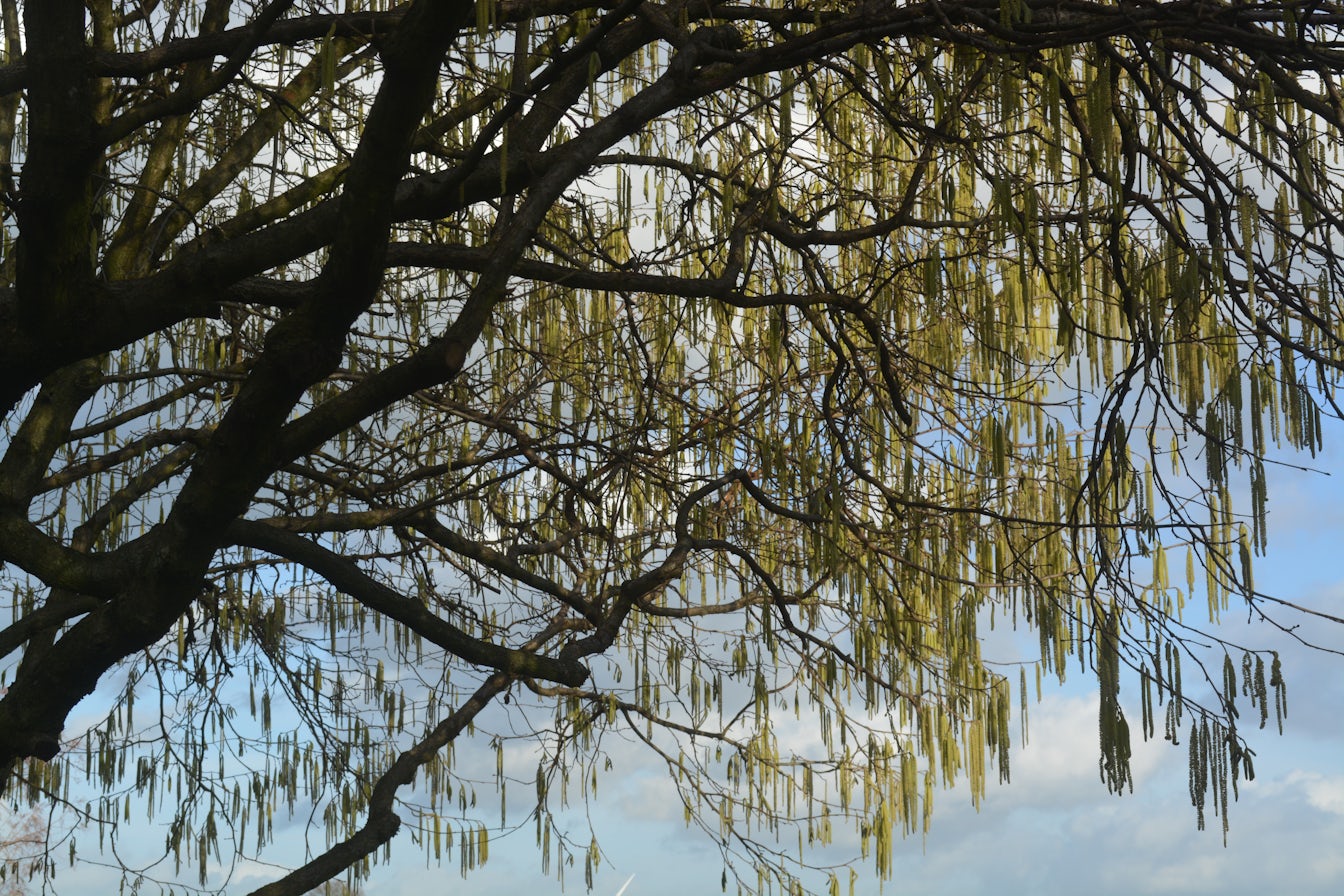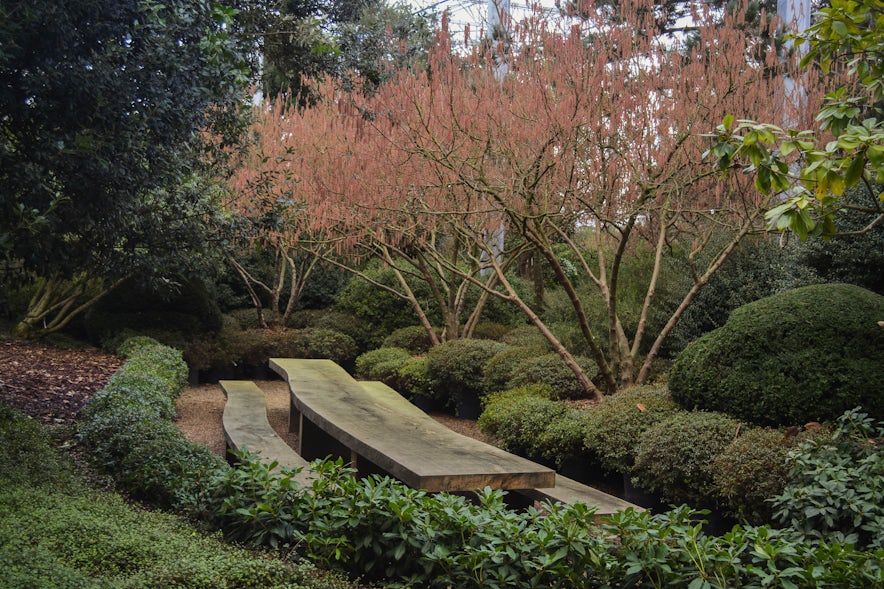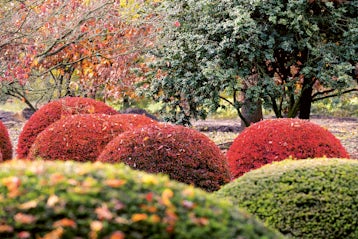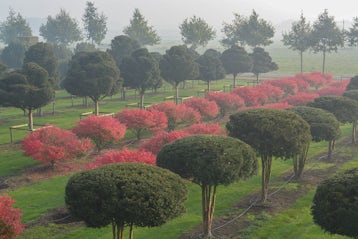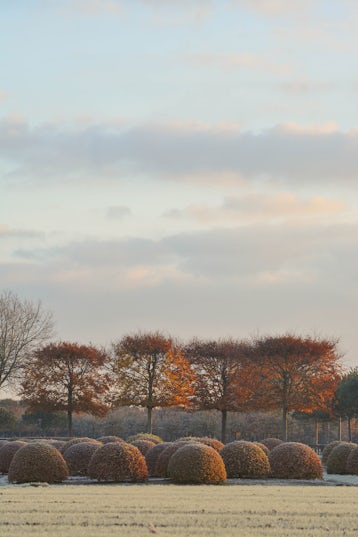
Corylus
Corylus (hazel) catches the eye most during winter. Its branch structure is then clearly visible and the vertically hanging catkins provide colour and a nice transparency.
In summer, it has large, rather rounded leaves which make for a dense crown. By early autumn, the nuts are ripe. Only later in autumn does it turn yellow-brown before dropping its leaves.
WHEN THE CORYLUS’ CATKINS APPEAR IN WINTER, YOU SENSE THAT SPRING IS ON ITS WAY AGAIN.
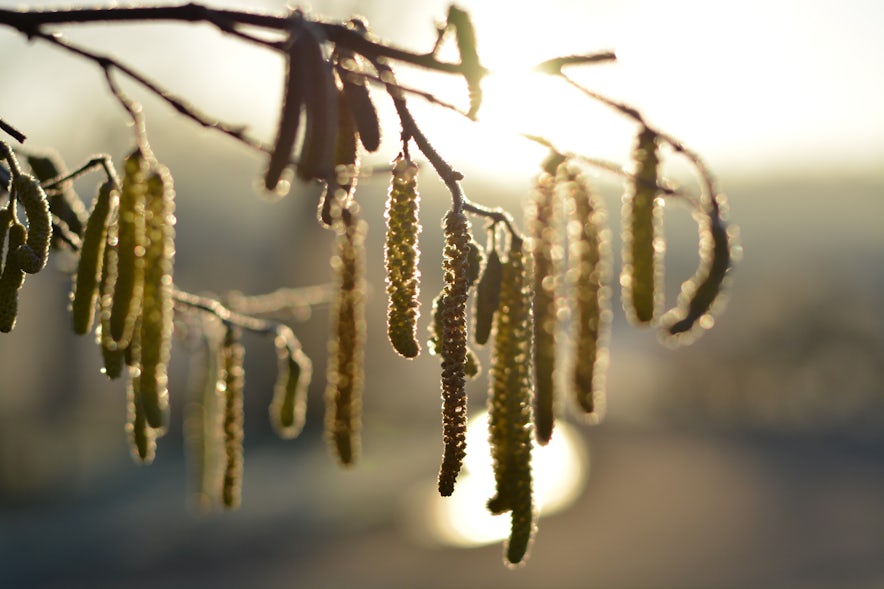
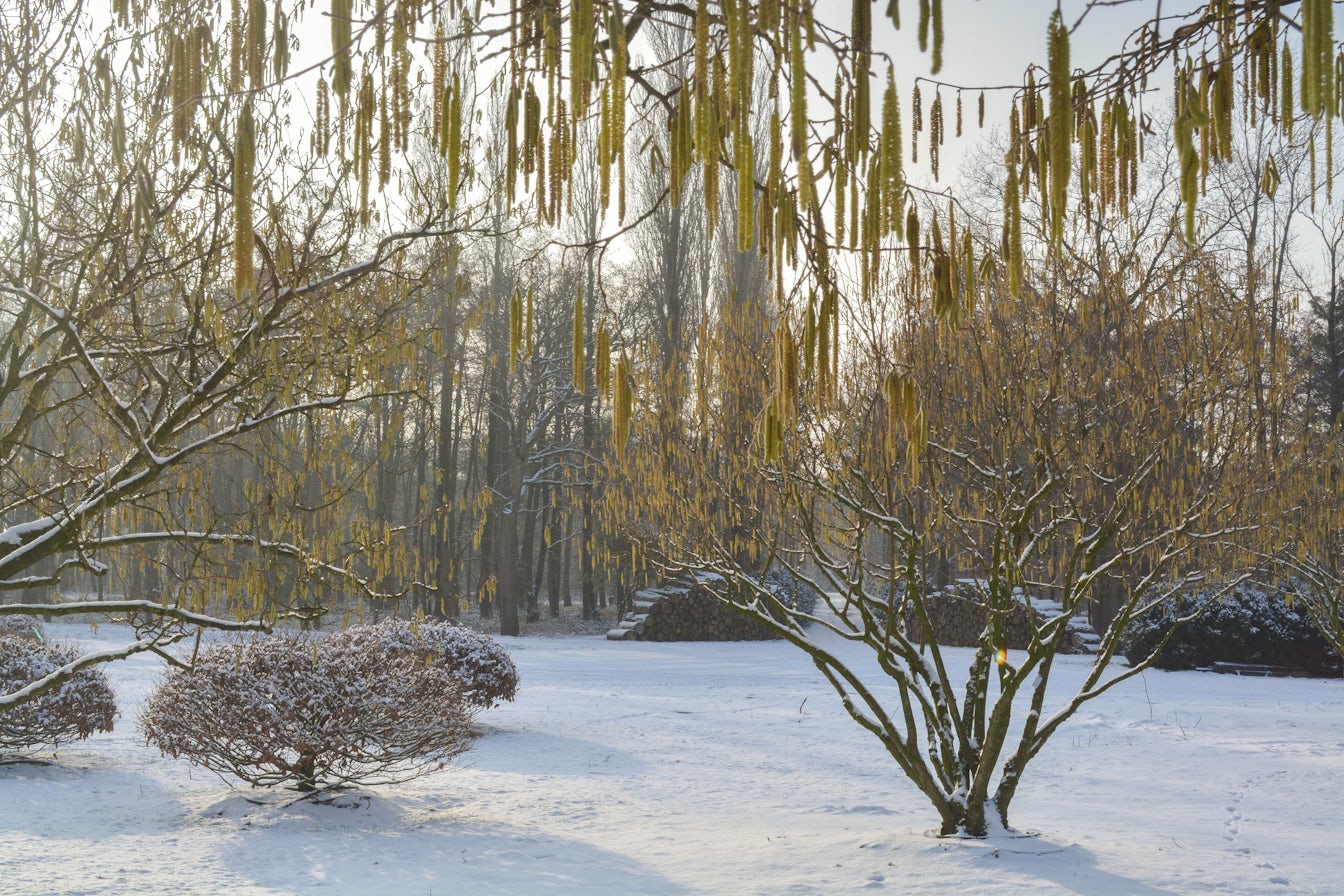
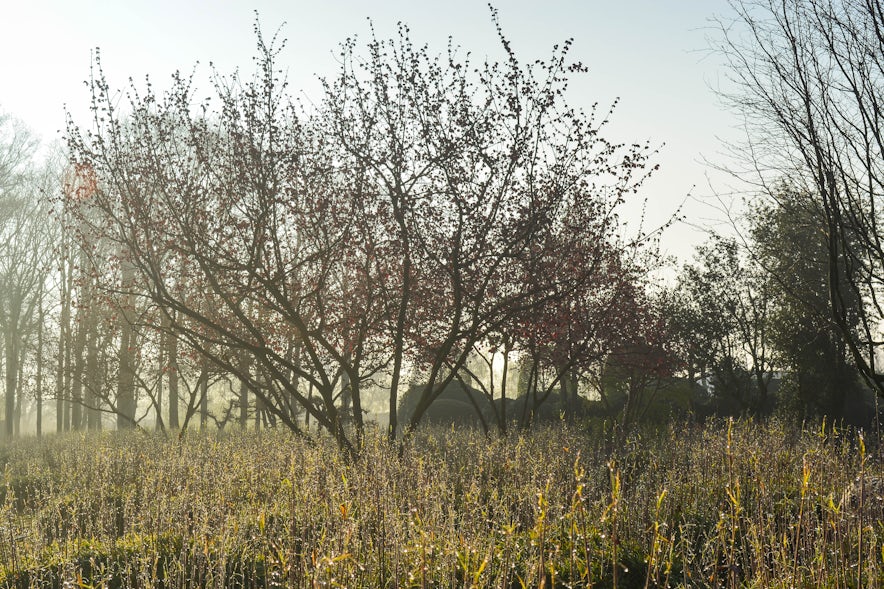
H 450/500 W 550/600

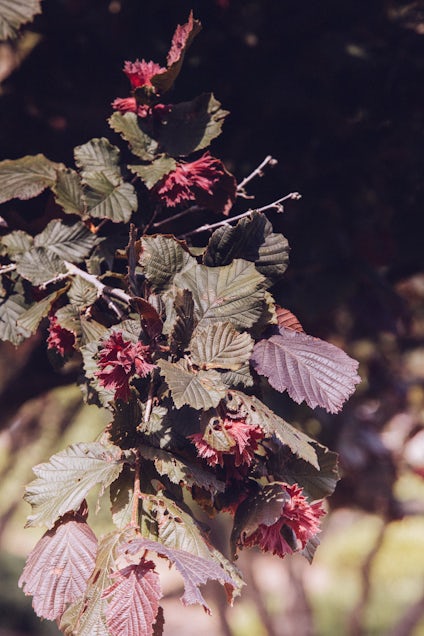
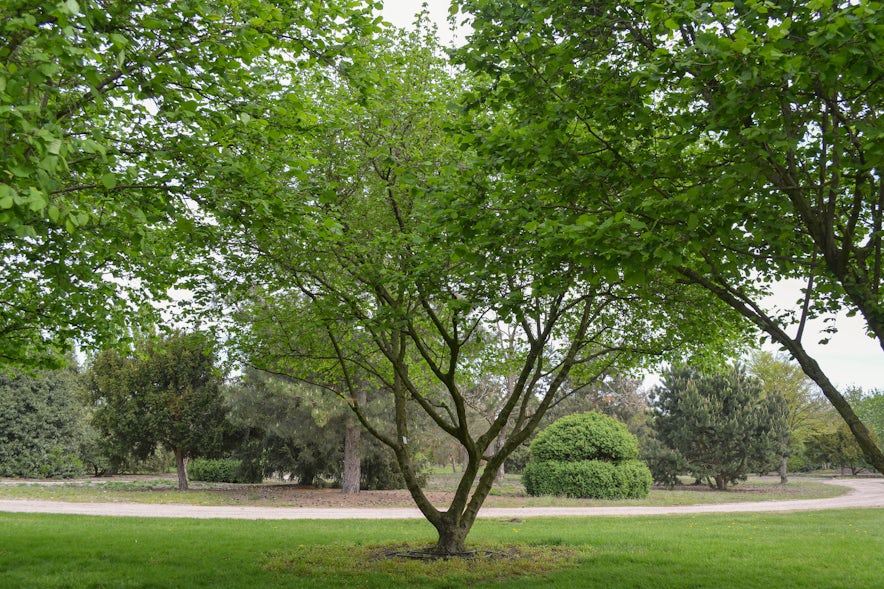
H 450/500 W 500/550
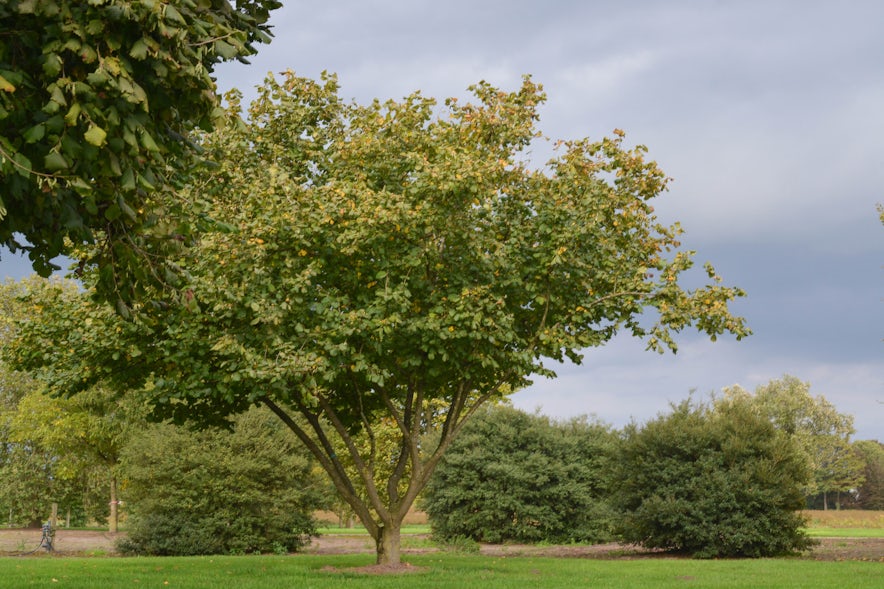
H 500/550 W 650/700
